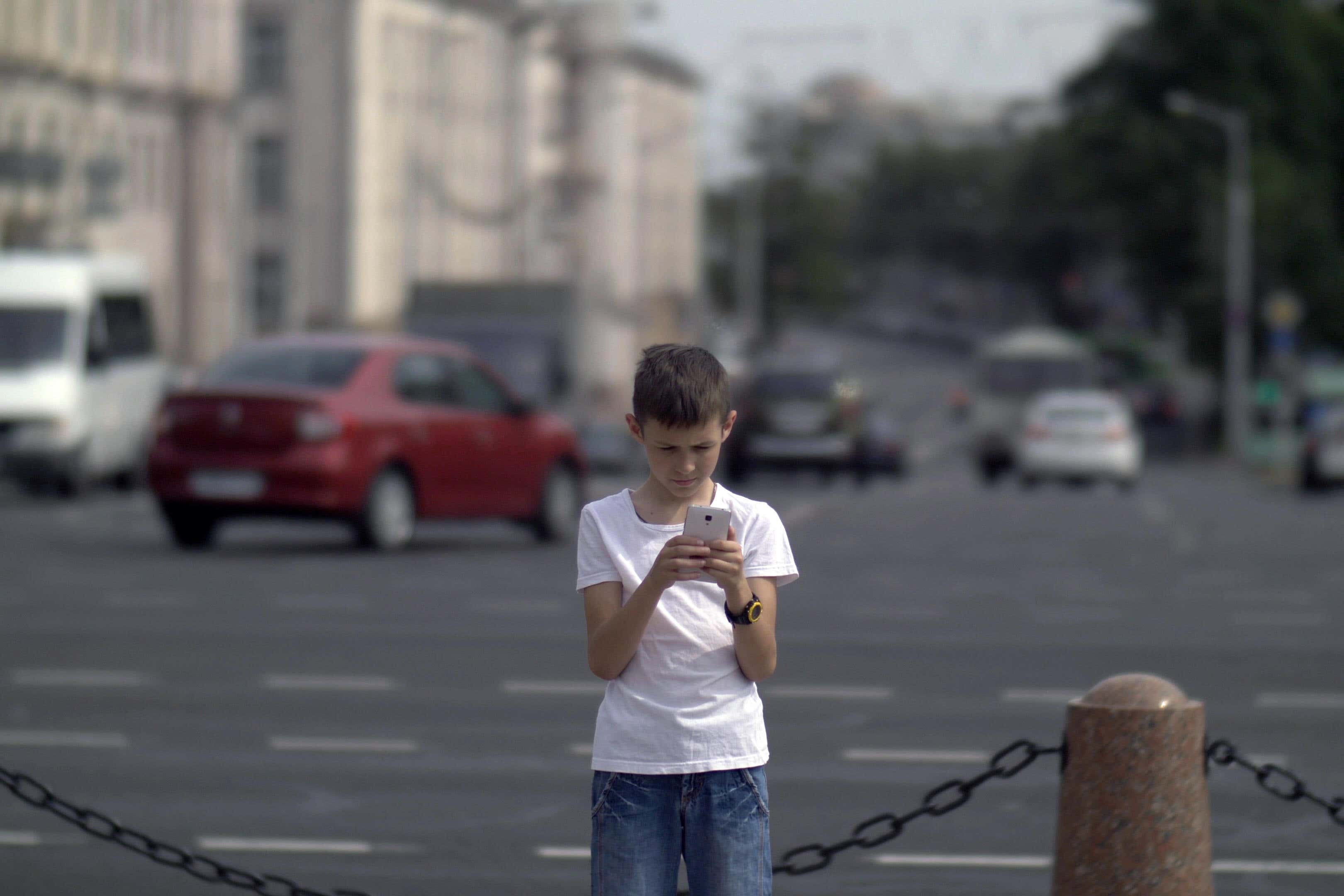One in five secondary pupils in vehicle hit or near miss while on phone – survey
Some 84% of secondary pupils admit using their phone when walking near roads, with 18% having been hit by a vehicle or involved in a near miss.

Your support helps us to tell the story
From reproductive rights to climate change to Big Tech, The Independent is on the ground when the story is developing. Whether it's investigating the financials of Elon Musk's pro-Trump PAC or producing our latest documentary, 'The A Word', which shines a light on the American women fighting for reproductive rights, we know how important it is to parse out the facts from the messaging.
At such a critical moment in US history, we need reporters on the ground. Your donation allows us to keep sending journalists to speak to both sides of the story.
The Independent is trusted by Americans across the entire political spectrum. And unlike many other quality news outlets, we choose not to lock Americans out of our reporting and analysis with paywalls. We believe quality journalism should be available to everyone, paid for by those who can afford it.
Your support makes all the difference.One in five secondary school pupils have been hit or narrowly missed by vehicles when on their phones, a survey suggests.
Some 84% of secondary pupils admit to using their phone when walking near roads, with 18% having been hit by a vehicle or involved in a near miss, the poll for Churchill motor insurance found.
More than half of children (54%) receive their first phone during the summer holiday before secondary school, or just as they start, with more than half of children also walking at least some of the way to school alone for the first time after they leave primary school, according to the research.
Behavioural scientists who assessed film footage from 10 sites across the UK found a 10th of children had their eyes on their phones when crossing the road outside their school.
Secondary school children are also more impulsive and do not process risk in the same way as adults, which means that signage directed at them around schools needs to be more noticeable and ‘direct’ to grab attention away from their phones
At a secondary school in Edinburgh, 50% of pupils were glued to their phones while crossing the road, they found.
Churchill, which has launched a ‘Screen down, Eyes up’ campaign to raise awareness of the risks of using mobile phones when crossing roads, found 10% of secondary school pupils admit they are not aware of the dangers of using a phone while walking near a road.
Every month, approximately 1,200 children are injured in traffic-related collisions within 500 metres of a school, according to figures from The Royal Society for the Prevention of Accidents (Rospa).
More than 95% of children between the ages of 12 and 15 own a mobile phone in the UK, Ofcom data suggests.
The survey for Churchill found 69% of children admit they often feel so distracted on the phone when walking that they are unaware of their surroundings.
Almost half (45%) of students use their phones to scroll social media while walking, including to school.
Clinical psychologist Dr Jessamy Hibberd said: “Children’s experience of the visual world is very different from adults. Younger secondary school children do not combine different sensory information, such as vision and sound, to make sense of the world as adults do.
“Secondary school children are also more impulsive and do not process risk in the same way as adults, which means that signage directed at them around schools needs to be more noticeable and ‘direct’ to grab attention away from their phones.
“Bright contrasting colours, simple messages, multiple attention alerts incorporating sound and texture on the ground, are all essential factors to encourage greater attention of the risks when crossing the road.”
In today's digital age, diverting attention away from the screen is a challenge, but one needed to ensure safety when walking
Ewan Robertson, head of news at Churchill, said: “Many children find themselves distracted by their phones while walking near the road, leading to a worrying number of accidents, including tragic fatalities.
“In today’s digital age, diverting attention away from the screen is a challenge, but one needed to ensure safety when walking. That’s why we’ve launched our ‘Screen down, Eyes Up’ campaign to help spark discussions among students and schools, to promote greater road safety awareness.”
Churchill has shared its latest research with schools across the UK to raise awareness of the potential dangers of children’s phone use near roads.
Carly Berry, principal at Wykham Park Academy in Banbury, Oxfordshire, said: “We know how important mobile phones are for our pupils. Out of school they are key to their social and recreational activity.
“We also know just how distracting they can be, and we support initiatives aimed at educating young people around the safer use of mobile phones near roads. As a school in the heart of a busy town, we understand the hazard local traffic presents and are keen to mitigate the risks.”
Opinium surveyed 2,000 11 to 16-year-olds and their parents between April 12-22 and 2,000 UK adults between August 23-27.